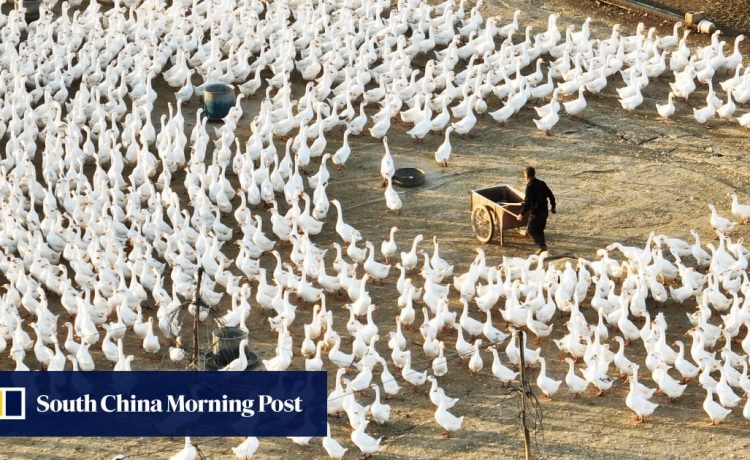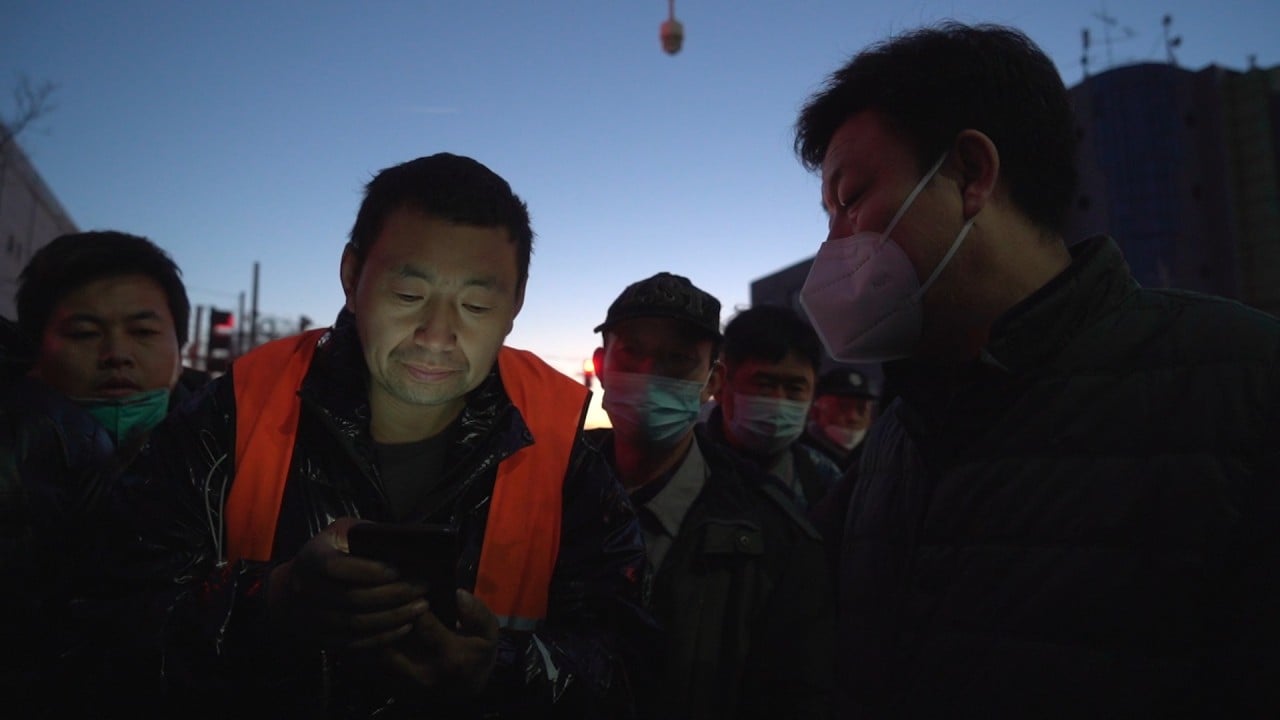Both the number and share of workers employed in China’s primary industries rose for the first time in two decades in 2022 – a trend that may continue, analysts said, absent a solid recovery in the manufacturing and services sectors.
About 176.6 million people – 24.1 per cent of the nation’s total employed – were engaged in agriculture, fishing, forestry, mining and other activities involving the extraction of natural resources in 2022, according to the 2023 China Population and Employment Statistical Yearbook. The data compendium was recently published by the National Bureau of Statistics (NBS).
The same numbers stood at 170.7 million and 22.9 per cent in 2021.
The number of employed people in the sector started to fall in 2003, and their proportion has been in steady decline since 1999.
“It [shows] urban services sectors, as well as small and medium enterprises, both major job creators, have shrunk gravely,” said Wang Dan, chief economist at Hang Seng Bank China.
The trend might endure in the near-term, she said, as slashed household consumption continues to cripple the service sector and manufacturing is unable to absorb surplus labour.
“Migrant workers might come back to cities when services recover, but the timeline is unknown,” Wang added.
Migrant workers who helped power China’s economic miracle face bleak future
Migrant workers who helped power China’s economic miracle face bleak future
In 2022, China had 295.62 million migrant workers, 3.11 million more than the previous year according to NBS data.
However, they are also the most vulnerable group in the Chinese job market, and are largely overlooked by the country’s unemployment metrics.
The surveyed urban unemployment rate in China has stabilised at around 5 per cent in recent months, but it does not include former rural migrants who have returned to the countryside after losing or quitting their jobs in cities and towns.
The rise in returns to the farm comes as China’s working-age population is on the wane. Defined as those between the ages of 15 and 64, that demographic has dropped from its peak of 997 million in 2014 to 875.56 million in 2021.
According to the yearbook, those employed in secondary industries – generally understood to be synonymous with manufacturing – accounted for 28.8 per cent of the total employed workforce, while the tertiary sector, services, represented 47.1 per cent. Respectively, the figures for both in 2021 were 29.1 per cent and 48 per cent.








